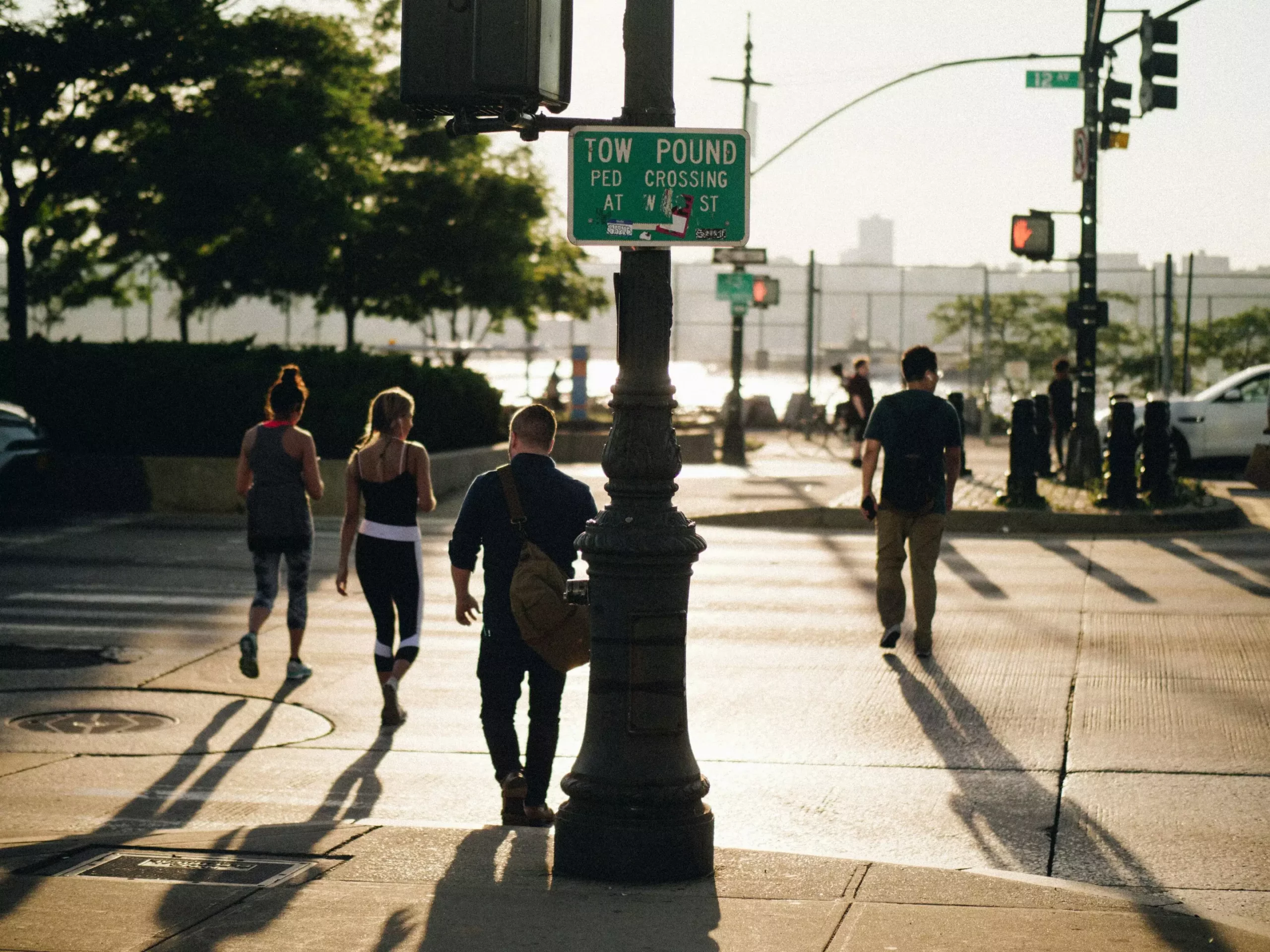Recent advancements in virtual reality (VR) technology are bringing innovative solutions to the pressing issue of urban air pollution—particularly the detrimental effects of non-exhaust emissions from vehicles. A noteworthy study published in the Royal Society Open Science Journal on September 25 finds that VR can serve as an educational tool, enabling pedestrians and cyclists to better navigate polluted urban environments. This research, led by academics at the University of Birmingham, underscores the importance of raising awareness about unseen yet harmful particle pollutants emitted during everyday activities such as driving.
The ongoing health crises linked to air quality are primarily driven by chronic exposure to fine particulate matter. Conventional strategies that focus solely on exhaust emissions overlook the significant contributions of brake, tire, and road wear. The study leverages complex computational fluid dynamics models to simulate how these particles disperse in urban settings—an approach that provides insight into when and where pedestrian and cyclist exposure is most likely.
Importantly, results indicate that these emissions are particularly concentrated near areas where vehicles slow down, such as intersections and bus stops. By highlighting the dynamics of emissions related to braking, this research reveals crucial information about specific locations that could pose health risks to unsuspecting individuals.
One of the standout methodologies of this study is the immersive VR experience tested with local residents in Birmingham. By visualizing air pollution within an interactive virtual environment, participants could perceive the invisible threats posed by vehicle emissions, prompting a more informed awareness of their surroundings. This unique approach not only educates the public but also empowers them to make choices that could mitigate their exposure to harmful pollutants.
The principal investigator, Dr. Jason Stafford, articulates the significance of this visual representation. By transforming abstract data into a tangible experience, individuals can better understand and react to air quality concerns on a personal level. The study advocates for a proactive approach to urban planning, where clean air considerations become integral to city design.
The research extends beyond raising public awareness by suggesting substantial changes to urban infrastructure and planning strategies. The insights gained from the VR simulations highlight a critical need to reassess the placement of bus stops, cycle lanes, and pedestrian crossings, ideally moving these facilities away from high-emission zones.
Dr. Stafford’s observations reveal that current urban designs place vulnerable populations at the greatest risk of exposure to harmful air quality, indicating a disconnect that needs immediate attention. Emphasizing the necessity for cleaner air initiatives, the study encourages urban planners and policymakers to consider findings from immersive experiences when developing future urban layouts.
The integration of physics-informed virtual reality not only enhances public understanding of air pollution but also drives conversations about cleaner urban environments. As cities grapple with the dual challenges of enhancing transportation efficiency and safeguarding public health, this innovative approach provides a practical framework for addressing air quality issues through education and informed planning. The knowledge gleaned from such studies will be invaluable in reshaping urban landscapes for a healthier future.


Leave a Reply